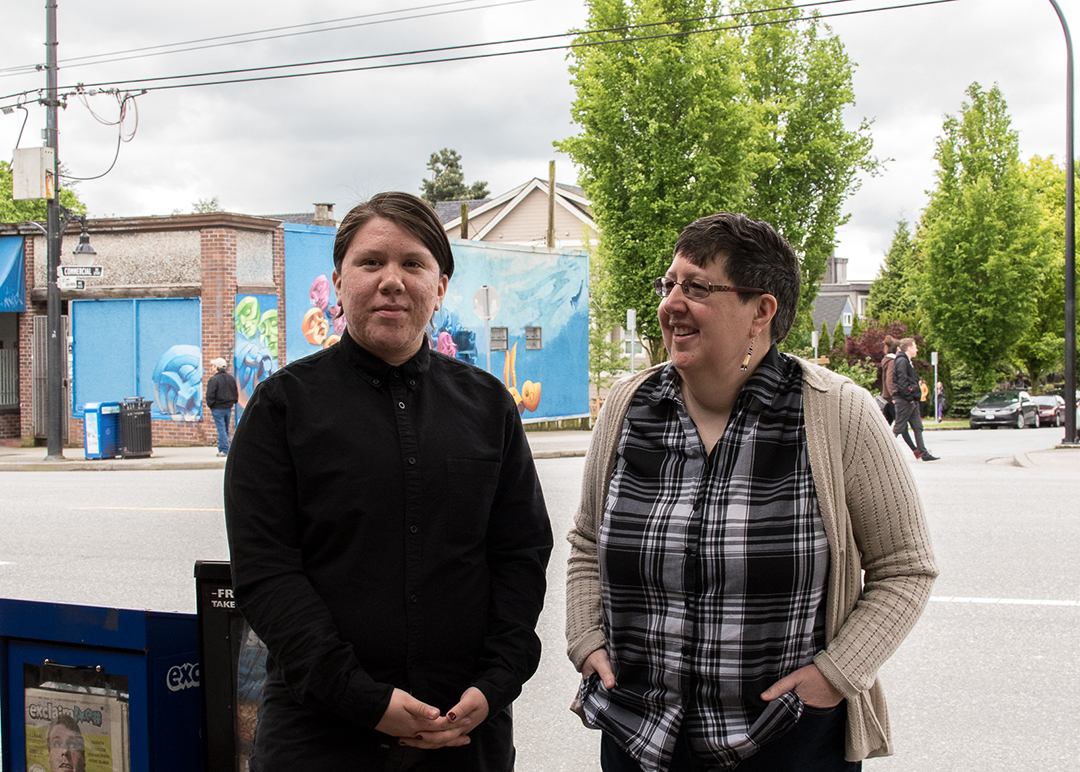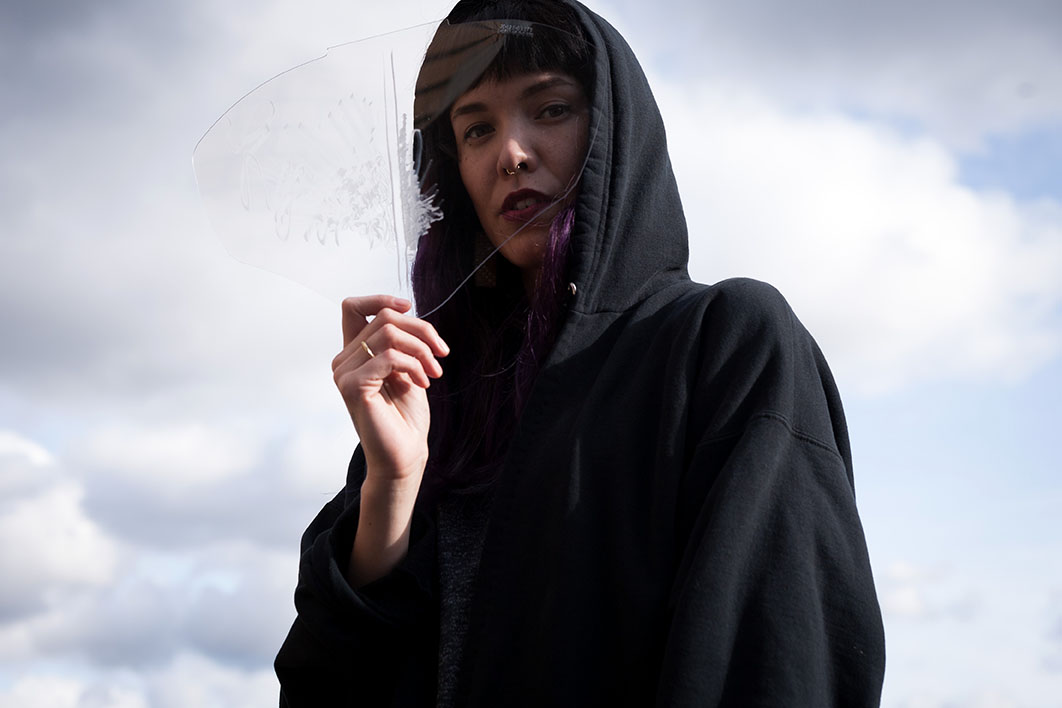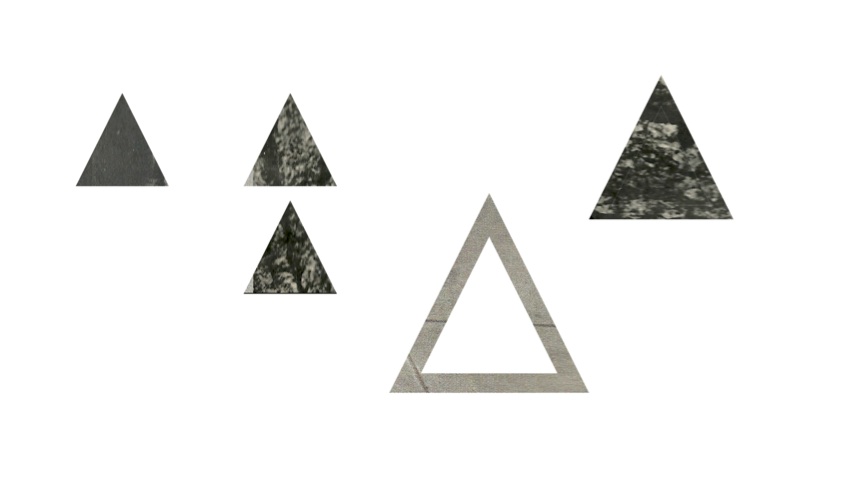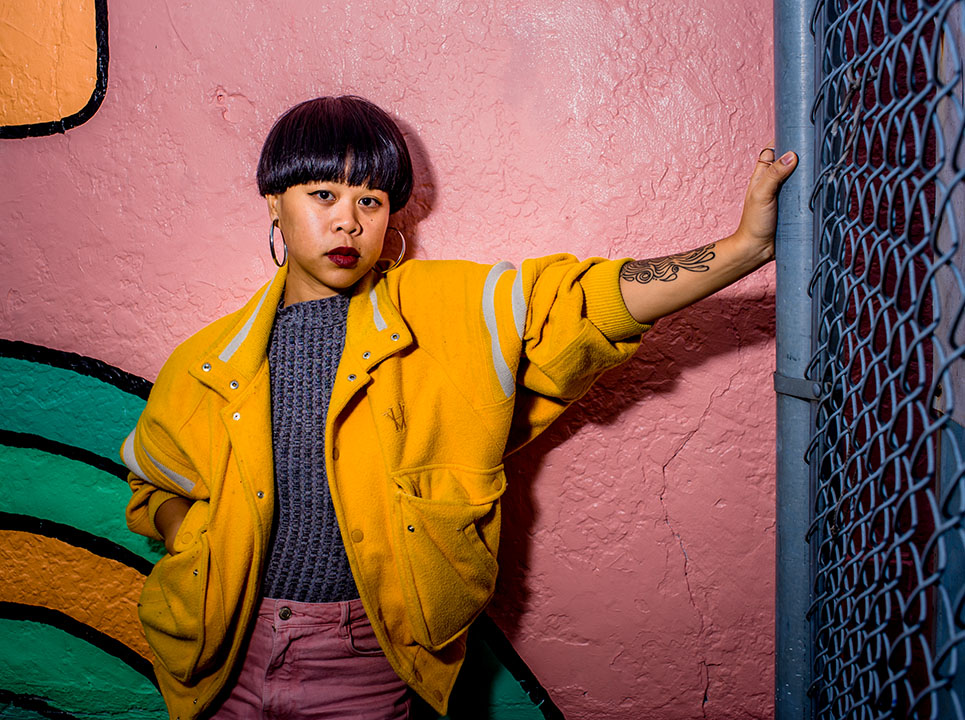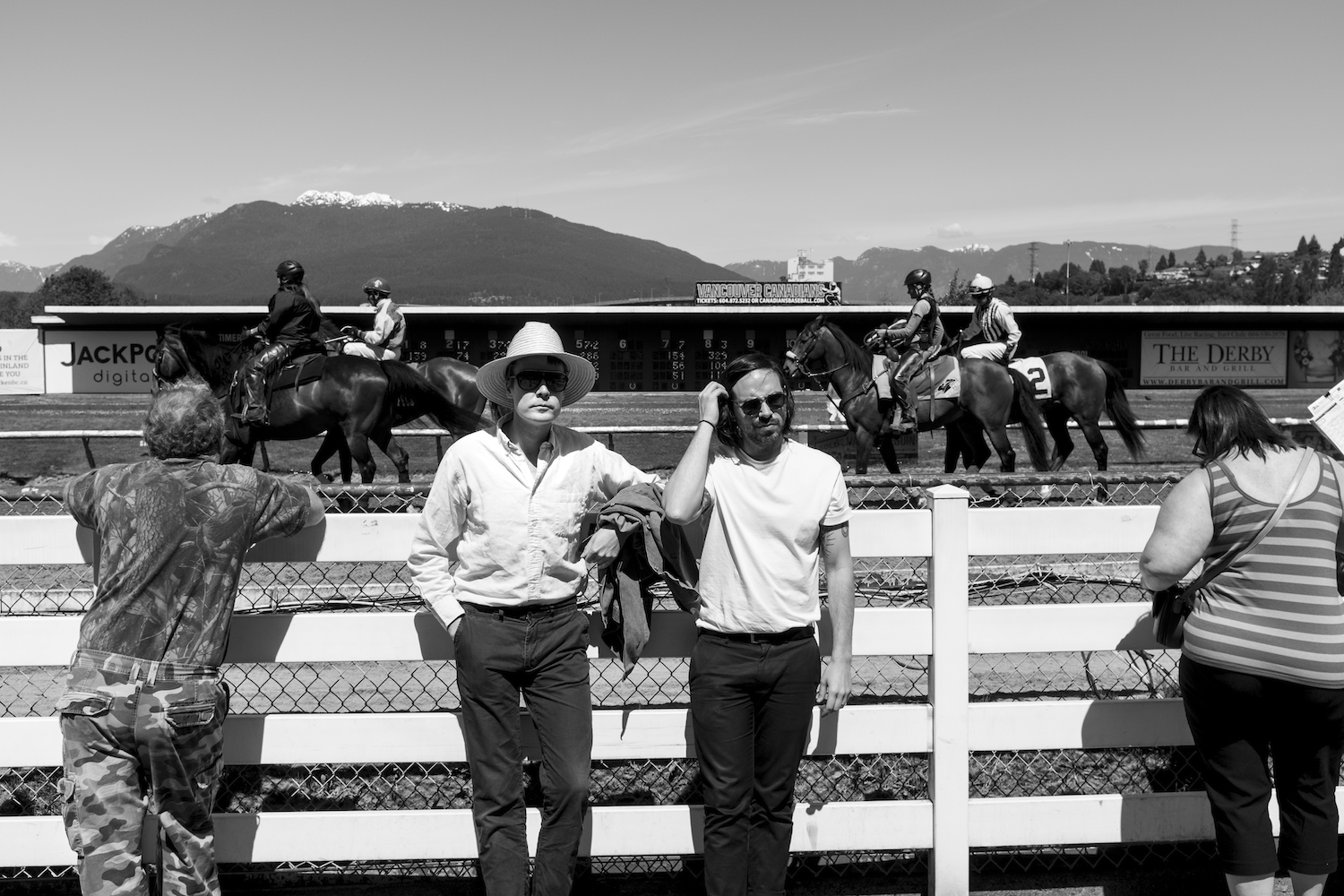Living at the intersection of two different identities can cause one to question whether the two could ever exist in congruity. We like to think that people have ample communities related to their identities, but people that identify with two separate communities can feel disconnected to both. One way to validate those living in disconnect is to give space to share their experiences, and to show they are not alone.
Unsettling Colonial Gender Boundaries is a new media and video art festival within Queer Arts Festival that showcases work by two-spirit Indigenous people. It aims to increase the visibility of their experiences at the intersection of identity. The event is organized by the Vancouver Indigenous Media Arts Festival, with funding and promotional support from QAF.
Curators Lacie Burning and June Scudeler are uniquely qualified to organize this event. Lacie is a curator and artist of the Kanien’kehá:ka (Mohawk) nation, working in multi-media, video, sculpture and installation. June is a Metis academic and scholar, holding a PhD in English from the University of British Columbia — her dissertation is on Cree Two Spirit and queer Indigenous narratives. In addition to co-curating Unsettling Colonial Gender Boundaries, June and Lace are both on the board of Vancouver Indigenous Media Arts Festival.
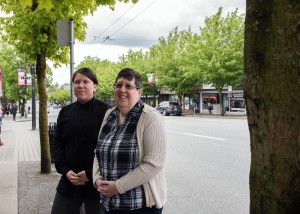
The term two-spirit is much like identifying as queer for Indigenous peoples. However, ‘queer’ (and pretty much the rest of the LGBTQA+ dictionary) is itself colonial in origin. “‘Two-spirit’ is a blanket term because it means something different to every tribe,” explains Lacie, “Not every tribe has a term that relates to being [LGBTQA+].” They add that their nation uses a term related to having a “pattern within you.”
“It doesn’t relate to gender,” Lacie continues, “but more your state of being.” Lacie explains that two-spirit, rather than having a definite meaning, is more about the LGBTQA+ Indigenous community it creates. “I just don’t identify with [two-spirit] because it’s not specific to my people that I know of. But, I think it is a good term for relating people, and gathering community,” says Lacie. June summarizes this sentiment stating, “It’s almost like a shorthand.”
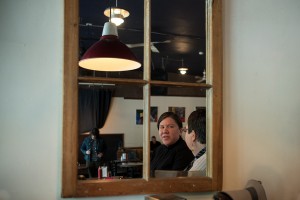
Some nations traditionally believed that two-spirit members were spiritually awakened, and granted them roles of leadership. This is, of course, a generalization that can be detrimental to the broader understanding of two-spirit. Additionally, the heteronormativity of colonization has affected Indigenous communities. “There’s racism and homophobia within Indigenous communities,” June says. Despite the traditional reverence for two spirit people, Lacie explains, “We aren’t necessarily revered in the way people think we are.”
Lacie explains that they still feel internal unrest when they think about the communities they most identify with. “I still feel like I have to choose a side,” reflects Lacie. “I have to be more native, or I can’t be in a queer space because I have to negate my native identity. So I find myself more in the native community negating my queer and trans identity.”
“But then there’s also being in academia and not seeing many people like me,” Lacie adds. “They’re so few and far between that it’s kind of hard to wonder why they’re not there, but then just knowing the obstacles for queer native people, or just native people in general.” Despite, and maybe because of this reality, Lacie finds themselves curating for people like them: “That’s primarily who I think about when I do this work — the people that can’t be there.”
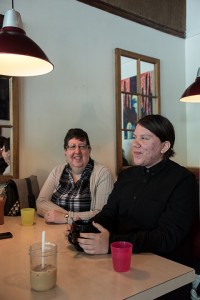
While Lacie and June have curated Unsettling Colonial Gender Boundaries to represent diverse perspectives from Indigenous points-of-view, they are aware they have no control over the audience or their experiences. Speaking to their role as curator, Lacie expands, “That’s why it’s hard to be in this position, because it’s inaccessible to a lot of two-spirit people.” To this, June adds, “The reality is it’s probably going to be non-Indigenous audience. It always brings up ideas of accessibility and who can afford to go. It’s a hard one.” Despite this, the curators see the benefits of providing an opportunity for contemporary queer Indigenous media artists to manifest and share their experiences in an artistic context that is usually dominated by non-Indigenous artists. “Hopefully this opens doors for more two-spirit media artists,” says Lacie.
Of the artists participating, there will be commissioned pieces by locally-based artist Chandra Melting Tallow (Siksika) and Toronto-based Thirza Cuthand (Cree). Chandra Melting Tallow is a performance and media artist, and also creates experimental pop under the name Mourning Coup. Thirza Cuthand makes videos, many of which are available to view on YouTube. One of Cuthand’s pieces that June described to me, “2 Spirit Introductory Special $19.99,” is filmed like a low budget commercial for Two-Spirit Support, a fictitious support group. It is intended to make the viewer consider the realities two-spirit people face through a dose of comedic relief. The video features testimonials of the ambiguous service and hotline, one of which is Thirza in a fake moustache explaining coming out to their family at a reunion: “I came out to them just before dessert was served. They may not have understood, but they really appreciated the Saskatoon berry pie recipe Two-Spirit Support gave me.”
Another featured artist is Kent Monkman, a well-known artist of Swampy Cree descent. “We’re showing a less known piece,” claims June, who has included his art in her academic research. “He’s done a lot of strong paintings around residential schools and genocide,” explains June. Another featured artist with strong political content is Raven Davies (Anishinaabek), who will be screening their stop-motion video “I Still Believe.”
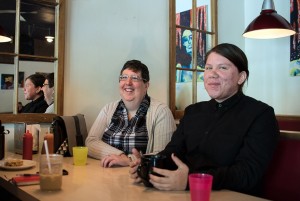
Through Unsettling Colonial Gender Boundaries, Lacie and June also want to challenge the idea that being Indigenous now is the same experience as being Indigenous before colonial contact. “I always find that Indigenous people are never seen as contemporary,” explains June. “[Some say] ‘Indigenous people don’t use technology or make media art.’ We’re trying to upset that stereotype.”
The accessibility of new media allows for the immediate sharing of stories and experiences. Despite colonization and the active oppression it continues to inflict in the lives of Indigenous peoples, it’s certainly not all that Indigenous people have to address. “Indigenous art doesn’t always have to be a reaction to colonization, it can be a way of going back to our ways of knowing,” says June. Lacie adds that Indigenous art can be about “just being.”
That’s what Unsettling Colonial Gender Boundaries is truly about — sharing the experiences of two-spirit Indigenous peoples “just being.”
X
Unsettling Colonial Gender Boundaries is presented as part of the Queer Arts Festival June 23 at the Roundhouse Performance Centre. It will be a screening and performance of original commissioned works by Chandra Melting Tallow and Thirza Cuthand, and other works, followed by an artist panel discussion. Tickets are $15 in advance via queerartsfestival.com.


